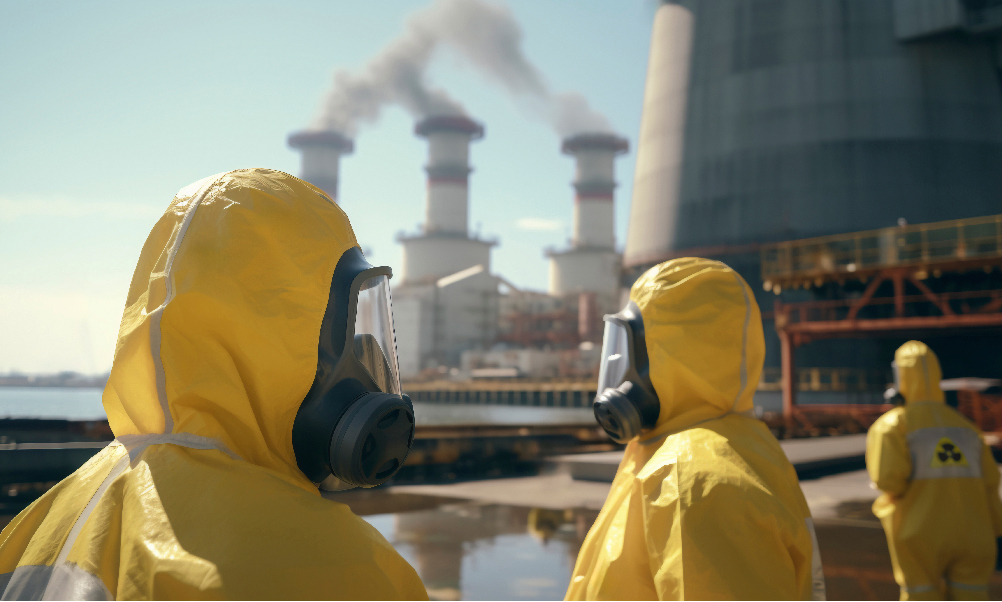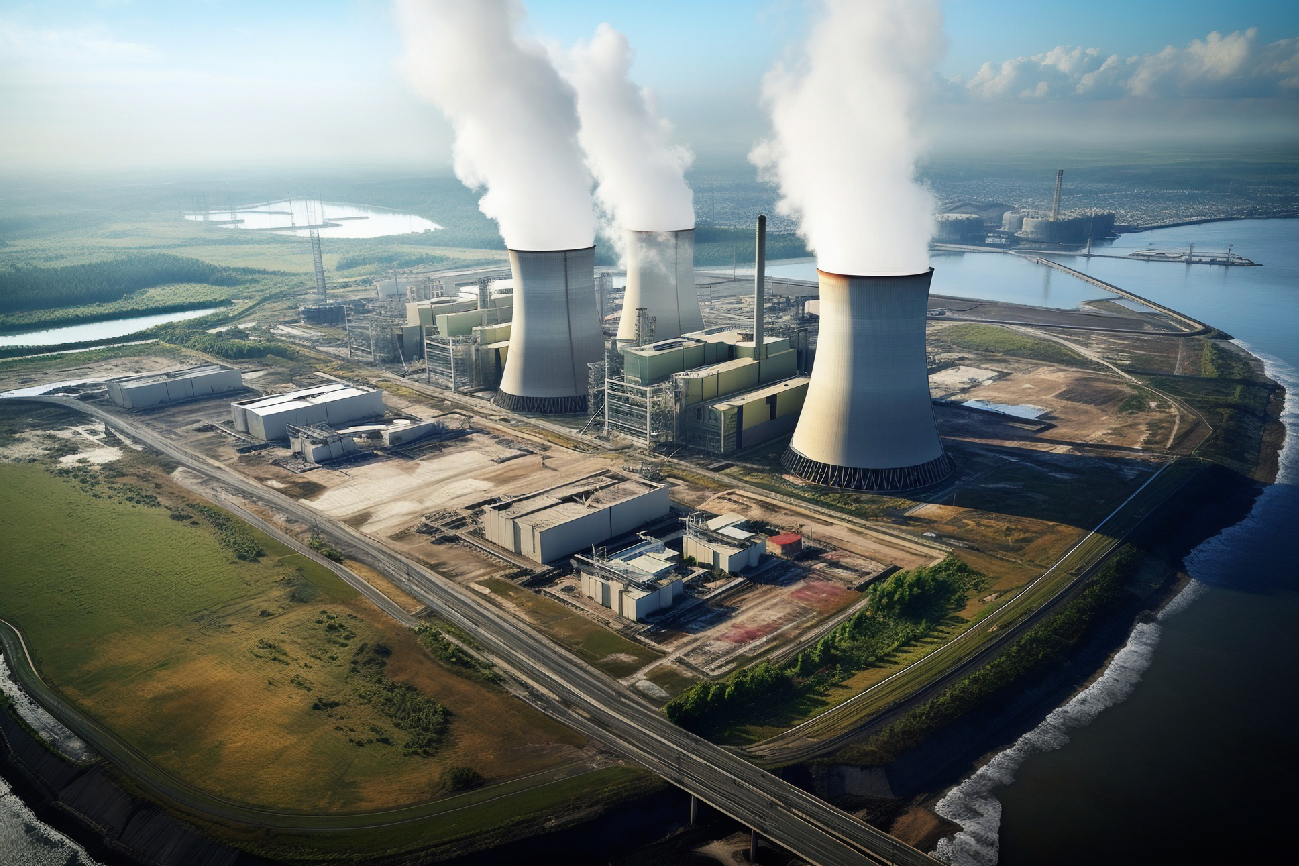Home > Consulting Services
Consulting Services | Dust Hazard Analysis

CONSULTING SERVICES
Firestop Inspection Service
Fire-Resistive Duct Inspection Services
Explosion Simulation Analysis Calculation
Building Explosion Venting Area Calculation
BESS Explosion Venting Area Calculation
Dust Explosion Venting Area Calculation
Dust Explosion Testing and Analysis
Dust Hazard Analysis

-
Dust Hazard Analysis (DHA)?
What is Dust Hazard Analysis?
Dust Hazard Analysis (DHA) is a systematic process used to identify, assess, and mitigate potential hazards associated with combustible dust in industrial facilities. Mandated by NFPA Standard 652, this critical safety measure ensures the safety of facilities handling or generating combustible particulate solids.
-
Key Components of Dust Hazard Analysis Hazard Identification The primary goal of DHA is to identify all potential dust-related hazards in a facility, including those that may be less obvious. This involves:
• Locating sources of combustible and respirable dust.
• Evaluating dust dispersion and accumulation.
• Identifying potential ignition sources. Risk Assessment Once hazards are identified, the DHA process includes:
• Describing the physical and chemical properties of the dust.
• Analyzing the risks associated with identified hazards.
• Classifying locations into three general categories: no hazard, potential hazard, or explosion hazard.
Mitigation Strategies DHA also encompasses:
• Defining safe operating ranges.
• Identifying existing hazard management measures.
• Proposing additional hazard management options. 

Importance of Dust Hazard Analysis
Conducting a DHA is essential for several reasons:
• Compliance: NFPA 652 requires facility owners to perform DHA on existing facilities and processes.
• Safety: Helps prevent catastrophic events such as fires and explosions.
• Risk Management: Aids in prioritizing risks and allocating resources effectively.
-
Industries Affected DHA is particularly critical in the following industries:
• Food and grain processing
• Metalworking
• Woodworking facilities
• Chemical manufacturing
• Recycling facilities
• Coal-fired power plants By systematically reviewing processes and areas where combustible particulate solids are present, DHA helps facilities identify and address potential hazards, ultimately enhancing workplace safety and preventing catastrophic events. 
-
Consulting Services
Firestop Inspection Service
-
Consulting Services
Fire-Resistive Duct Inspection Services
-
Consulting Services
Explosion Simulation Analysis Calculation
-
Consulting Services
Building Explosion Venting Area Calculation
-
Consulting Services
BESS Explosion Venting Area Calculation
-
Consulting Services
Dust Explosion Venting Area Calculation
- 1
- 2